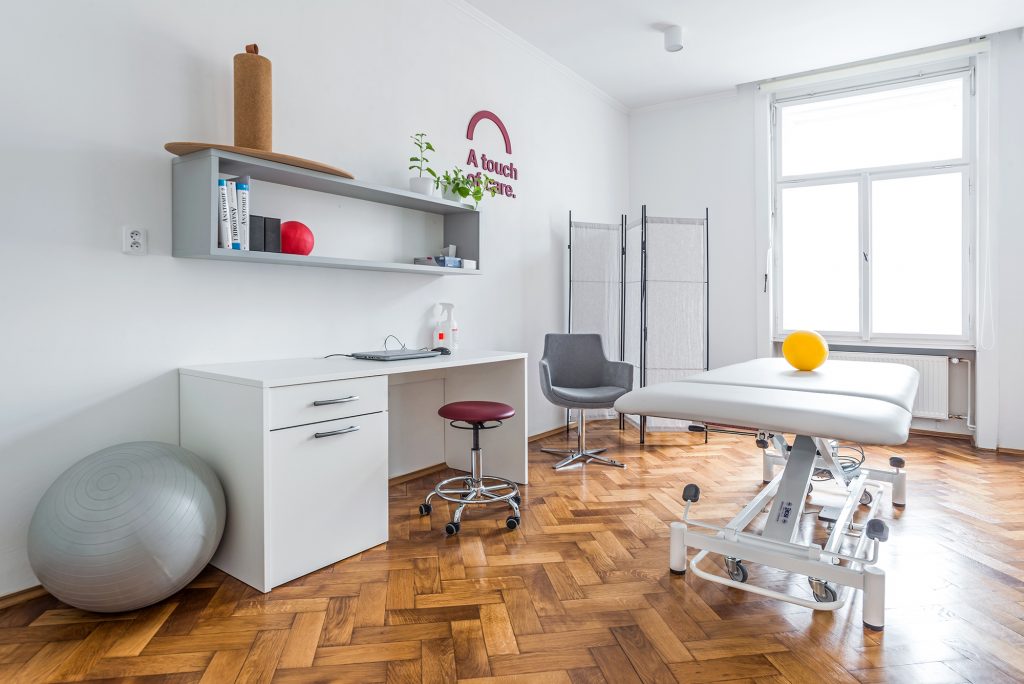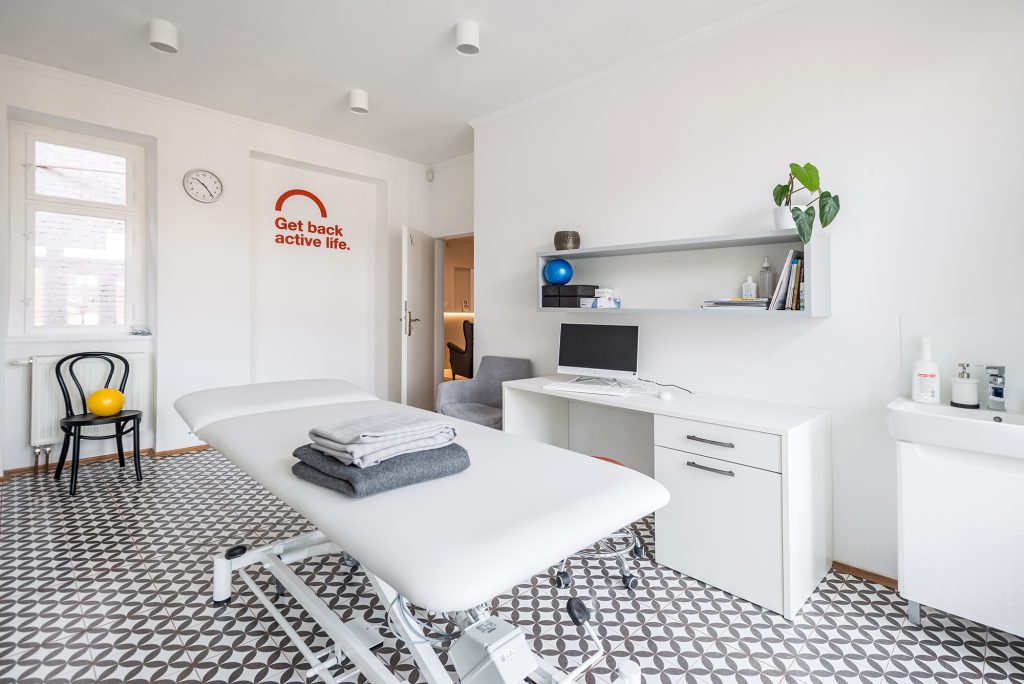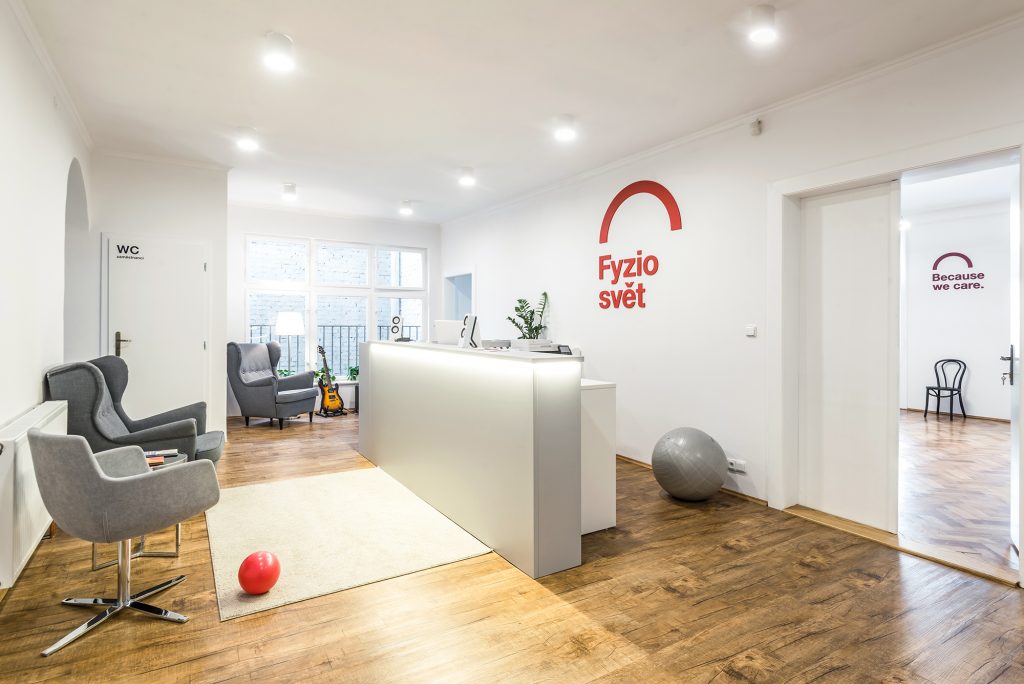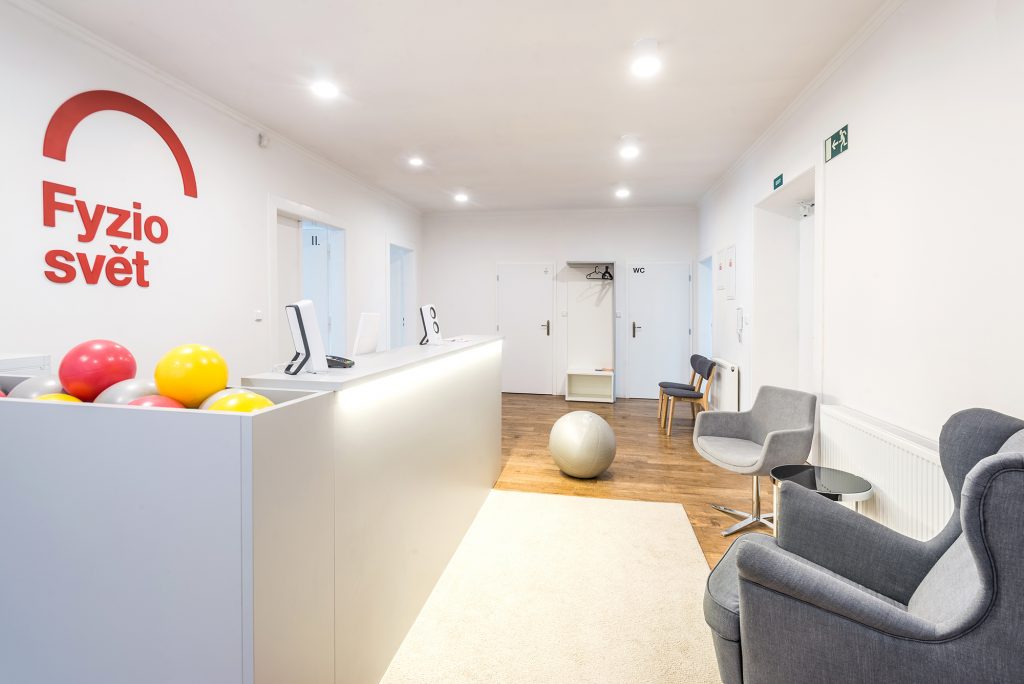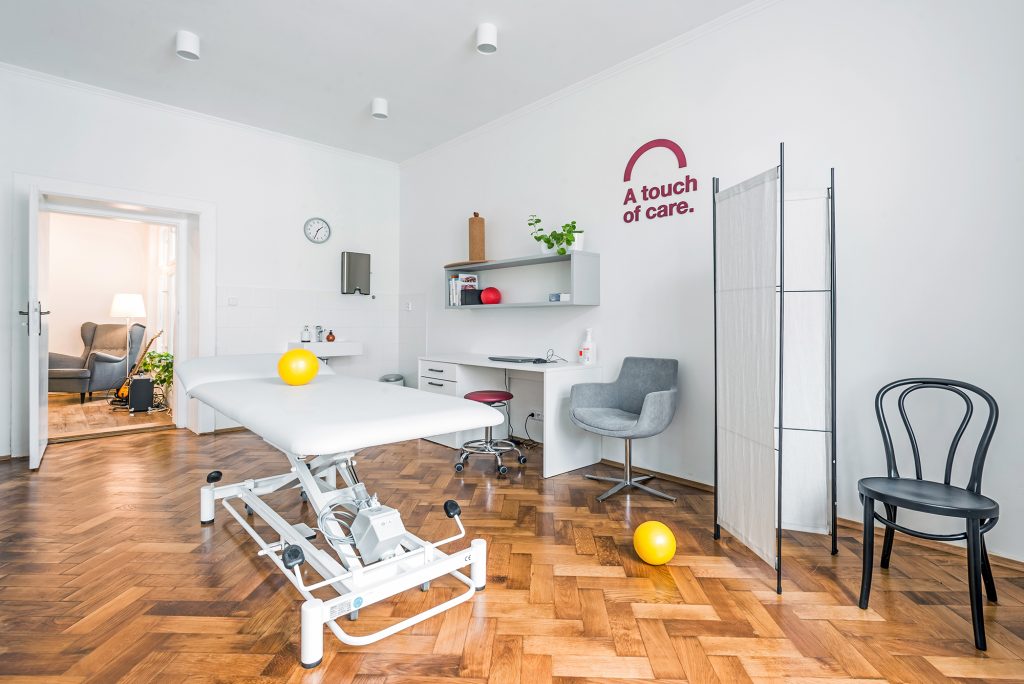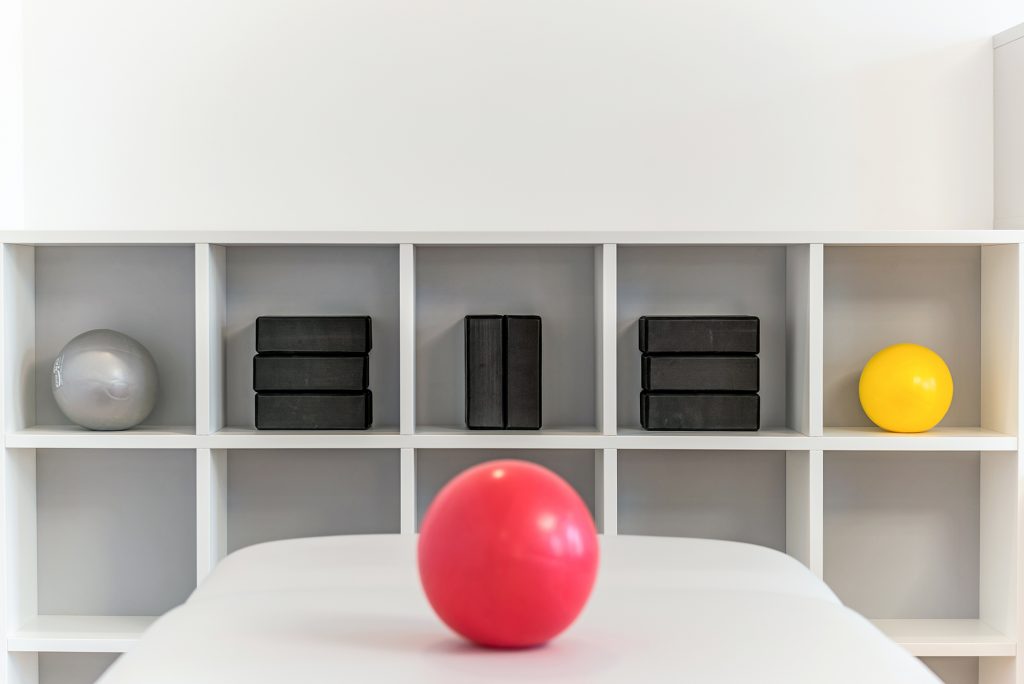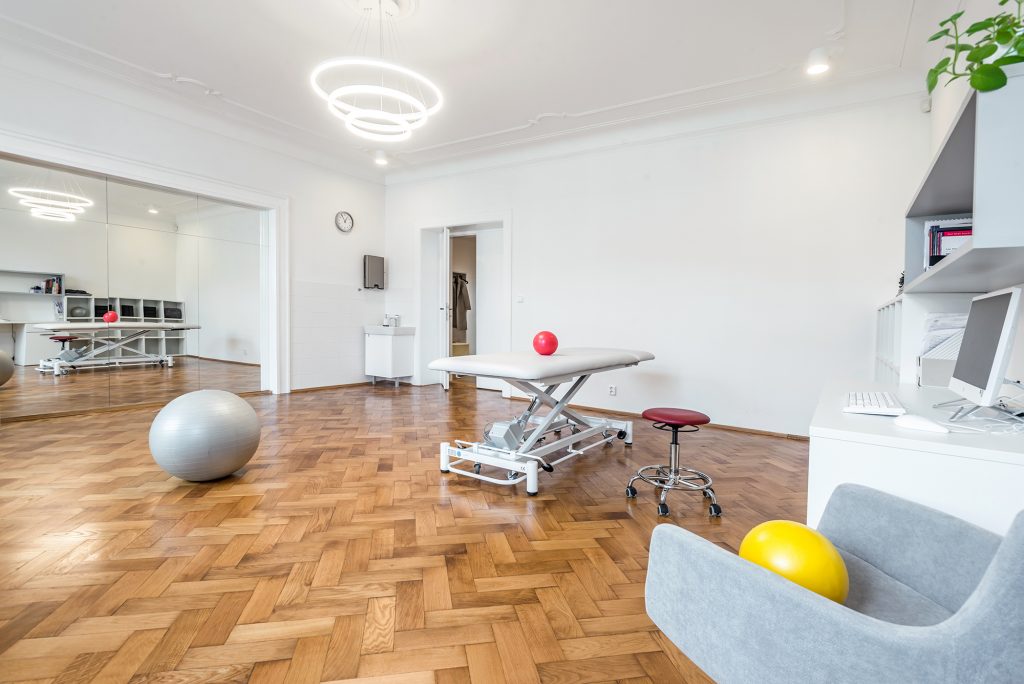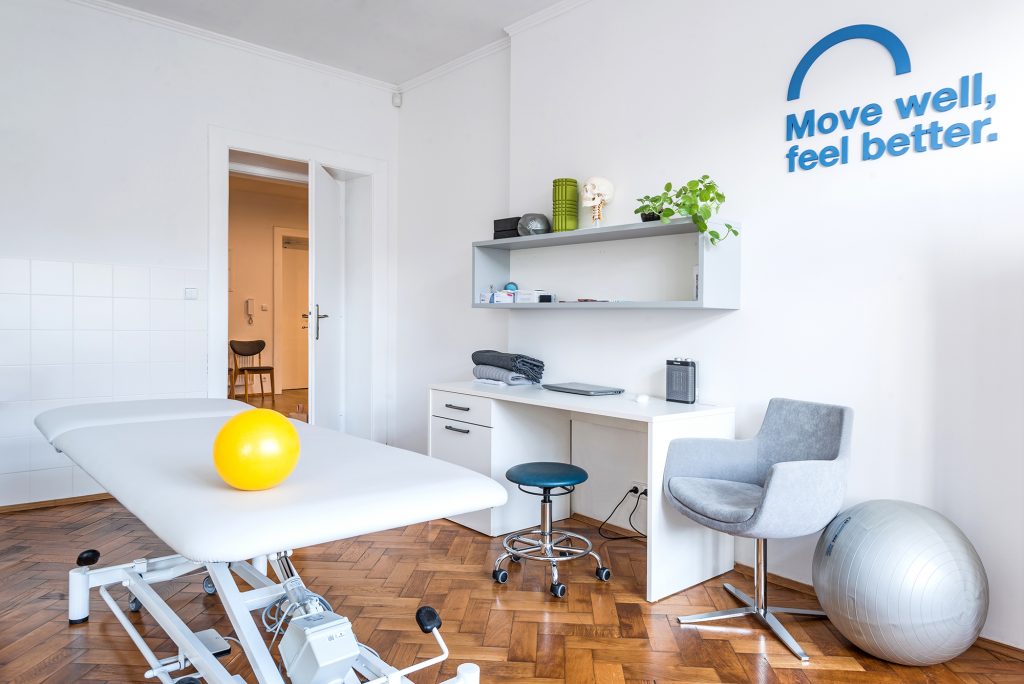Cesarean Section – A Guide for Mothers on How to Proceed
Cesarean sections account for a quarter of all deliveries
A cesarean section (C-section) is a fairly common abdominal surgery. In the Czech Republic, about one-quarter of all deliveries end with a C-section. There are many reasons for performing this procedure. It may be due to the health condition of the pregnant woman or the baby, or the baby may be in a position unsuitable for natural childbirth. Multiple pregnancies also often lead to C-sections. However, a C-section should not be performed solely because the mother is afraid of natural childbirth. It is, after all, a surgery that comes with risks, just like any other abdominal surgery, and recovery is more challenging compared to vaginal delivery. A natural birth provides more benefits for the baby.
Tips and Advice for Managing a Cesarean Birth
If a C-section is necessary, it’s good to prepare for the surgery ahead of time. This article provides practical advice on how to proceed before delivery, after delivery, during the postpartum period, and after the postpartum period has ended. If you have any concerns about whether your body is healing well, we recommend consulting with your gynecologist or a physiotherapist (it’s advisable to have your gynecologist’s consent for physiotherapy before the end of the postpartum period).
What to Do in the Hospital
- Bonding: If possible, arrange with the hospital for bonding with the baby’s father immediately after the surgery and consider a private room where the father can help care for the baby to avoid separation.
- Adhesion prevention: If the C-section is planned, consult your surgeon about the option of using an anti-adhesion product during the surgery. This product is applied during the operation and can either be a gel or a powder similar to powdered gelatin. These products are usually not covered by insurance, and the client must pay for them (about 3,000 CZK). However, they are a good prevention tool. Adhesions between organs can cause future discomfort, such as abdominal or back pain, digestive issues, and more. Adhesions occur in about 60% of these surgeries.
- Scar relaxation through breathing: Right after waking up or being transported to your room, pay attention to your breathing. Try breathing gently and slowly into your belly (diaphragmatic breathing). You can place your hand on the surgical wound where the dressing is. Perform this breathing exercise frequently during the first two days—ideally every hour—by taking 5-10 slow, deep breaths towards the scar. This helps prevent the formation of adhesions.
- Abdominal relaxation using your hands: To further prevent adhesions, you can place your hands on your belly and gently shake them. Similarly, small movements of your knees from side to side, while your legs are bent and your feet are flat on the ground, can also help.
- Get back on your feet quickly: Try to get up as soon as possible, always with the help of hospital staff. Low blood pressure and dizziness, or even fainting, can occur, so don’t attempt it on your own at first. Early walking helps prevent adhesions, improves overall recovery, and prevents complications.
- Blood flow in your calves: In the first few days while lying down, move your ankles by pointing and flexing your toes. Do this several times a day, ideally every hour for about 30 seconds. The movements should be relatively quick—pointing and flexing each toe in about one second. These vascular exercises help return venous blood and prevent thromboembolic disease.
- Get advice on breastfeeding: After a C-section, especially a planned one, lactation may take up to 3 days or more to start, so consider finding a lactation consultant in advance if you wish to breastfeed.
- Scar fixation: When coughing, laughing, or sneezing, support (fix) the scar with your hand.
- Get up via your side: Sit up by rolling onto your side, just as you did during pregnancy. Your abdominal muscles need to be strained as little as possible for now. Continue getting up this way throughout the postpartum period and beyond if needed.
- Pelvic floor: Begin pelvic floor exercises as soon as you no longer have a urinary catheter. While lying down, gently contract the pelvic floor muscles 5-10 times for a few seconds (1-3 seconds). Be careful not to engage your gluteal or leg muscles. In the following weeks, try to hold the contraction for up to 10 seconds and repeat it 10 times in a row. Aim to do these exercises several times a day (3-5 times).
- Shower and air out the scar frequently.
What to Do During the Postpartum Period and What to Avoid
After stitch removal, begin caring for the scar: Detailed information about the C-section scar can be found in our article on C-section scars.
- Scar care is important: Working with the scar may feel uncomfortable at first but should not be painful. A physiotherapist can teach you how to care for the scar effectively at home. The scar “matures” over about a year, and care should be ongoing, but the first weeks are the most crucial, with daily massage ideally. The technique will change depending on the time since the surgery, and your physiotherapist will guide you on how to work with it properly.
- Take it easy: Avoid lifting anything heavier than your baby throughout the postpartum period.
- Continue getting up via your side: Keep using the side-lying method for getting up and avoid putting too much strain on your abdominal muscles.
- Positioning on your stomach: Lie on your stomach regularly, starting with a few minutes a day and working up to about 15 minutes. Lying on your stomach helps the uterus contract and improves bowel movement.
- Wear loose-fitting clothing: Opt for looser clothes and underwear that won’t irritate the scar.
- Protect your back while breastfeeding: Learn breastfeeding positions that won’t strain your scar or cause back pain. Breastfeeding while lying on your side can be particularly beneficial.
- Walking is a great form of activity: Start with short walks. The scar may feel tight or cause you to lean forward slightly at first, but don’t push yourself. Gradually increase your activity levels.
- Abdominal support with tape: You can use a supportive abdominal belt or kinesio tape applied by a physiotherapist to support your belly initially. If you’re feeling well, this isn’t necessary, but it can be helpful during more strenuous activities like walks or household chores. Avoid wearing support belts all day.
- Wait until after the postpartum period for bathing: Avoid bathing in the tub, swimming, or engaging in sexual activity until the postpartum period is over.
Tips for After the Postpartum Period
- Get checked by a physiotherapist: Your body has been through a lot, and a physiotherapist can relieve tension, check your scar, and recommend exercises and techniques to restore your body to full strength. You don’t need a doctor’s referral for physiotherapy after the postpartum period. However, before the postpartum period ends, it’s a good idea to get your gynecologist’s approval.
- Gradually increase your activity level: If you feel well and your gynecologist’s check-up shows everything is fine, you can begin to be more active. Longer walks with or without the stroller at a brisk pace, or on varied terrain, are good options. The level of activity should depend on how active you were before pregnancy and whether you maintained physical activity during pregnancy.
- Pelvic floor and diastasis exercises: You can start gentle exercises at home or attend postnatal group classes focusing on pelvic floor exercises or exercises for diastasis (separation of the abdominal muscles). Gradually increase your exercise intensity while respecting your body’s limits. If you feel pain in your abdomen or scar during exercise, reduce the intensity or duration, or take a break and try incorporating more daily movement and walking instead.
- Cautiously add strength exercises: After about 2-3 months, you can begin gentle yoga or light bodyweight exercises and gradually increase the intensity based on your condition. It’s helpful to consult with a physiotherapist or a qualified trainer. Swimming, cycling, and similar activities can also be reintroduced gradually.
- Avoid jumping and heavy impact for the first 3 months: It’s generally recommended to avoid jumping, heavy impacts, and lifting heavy weights for at least 3 months after birth.
- Full exercise load after 3 months: Exercises like Pilates or resistance training in the gym should not be performed earlier than 3 months after delivery. The same applies to sports involving swinging motions like tennis and golf. Running and high-impact sports should also wait until at least 3 months postpartum when you feel fully recovered.
- The scar “matures” over a year: It’s recommended to wait at least a year before getting pregnant again to allow the scar to fully “mature.”
